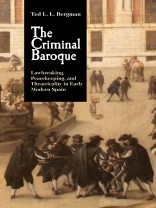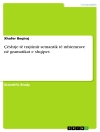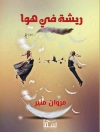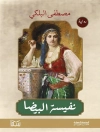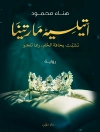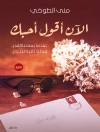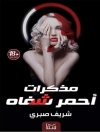Early Modern Spanish theatre is viewed by many scholars as entertaining propaganda that channelled the emotions and beliefs of the masses into mechanisms for social control. This book questions such an interpretation by examining the portrayal of criminal heroes on stage and public spectacles of law enforcement outside of the playhouse.
The book is structured in a way that moves between analyses of theatre, crime, and law enforcement while covering the intersections between these three phenomena. Through examples that range from dancing pimps to brawling kings, this study reveals that the propaganda power of early modern Spanish spectacle has been vastly overstated.
表中的内容
Introduction: What Is the Criminal Baroque?
The Theatrical Jácara and the Celebration of ‘Desórdenes Públicos’
The Alguaciles as Theatrical Peacekeepers and Lawbreakers
The Criminal Leading Man as Brawler and Soldier
Criminality, Theatricality and Nobility, Part I: Corpus Christi Chaos in Seville
Criminality, Theatricality and Nobility, Part II: The Spectacular Fall of Don Rodrigo Calderón
Criminality and Kingship on Stage
Conclusion
关于作者
TED L.L. BERGMAN is Lecturer in Spanish at the University of St Andrews.
